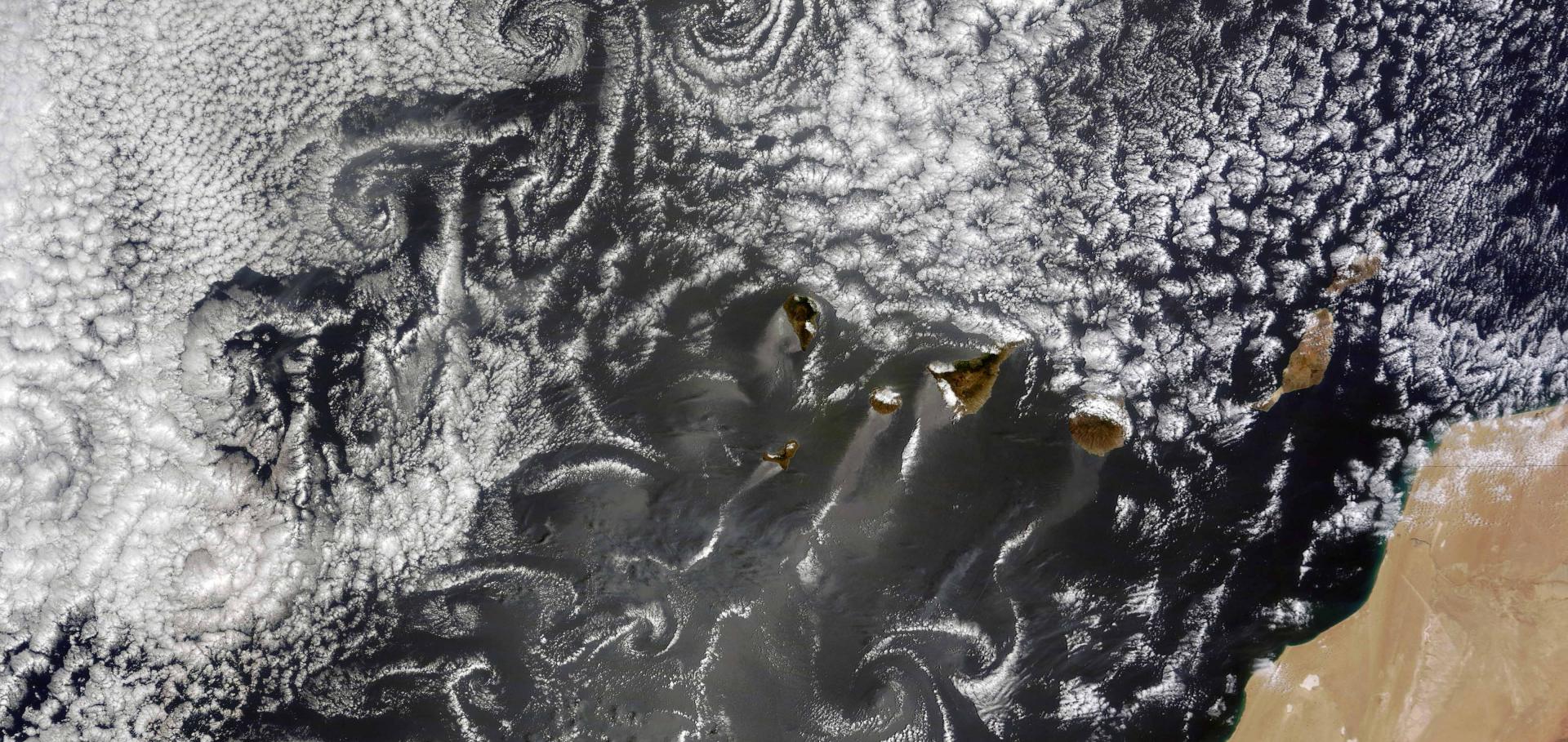Opportunistic experiments to constrain aerosol effective radiative forcing
Atmospheric Chemistry and Physics Discussions European Geosciences Union
Authors:
Matthew Christensen, Andrew Gettelman, Jan Cermak, Guy Dagan, Michael Diamond, Alyson Douglas, Graham Feingold, Franziska Glassmeier, Tom Goren, Daniel Grosvenor, Edward Gryspeerdt, Ralph Kahn, Zhanqing Li, Po-Lun Ma, Florent Malavelle, Isabel McCoy, Daniel McCoy, Greg McFarquhar, Johannes Muelmenstaedt, Sandip Pal, Anna Possner, Adam Povey, Johannes Quaas, Daniel Rosenfeld, Anja Schmidt, Roland Schroedner, Armin Sorooshian, Philip Stier, Velle Toll, Duncan Watson-Parris, Robert Wood, Mingxi Yang, Tianle Yuan
Abstract:
Aerosol-cloud interactions (ACI) are considered to be the most uncertain driver of present-day radiative forcing due to human activities. The non-linearity of cloud-state changes to aerosol perturbations make it challenging to attribute causality in observed relationships of aerosol radiative forcing. Using correlations to infer causality can also be challenging when meteorological variability also drives both aerosol and cloud changes independently. Natural and anthropogenic aerosol perturbations from well defined sources provide “opportunistic experiments” (also known as natural experiments) to investigate ACI in cases where causality may be more confidently inferred. These perturbations cover a wide range of locations and spatio-temporal scales, including point sources such as volcanic eruptions or industrial sources, plumes from biomass burning or forest fires, and tracks from individual ships or shipping corridors. We review the different experimental conditions and conduct a synthesis of the available satellite data sets and field campaigns to place these opportunistic experiments on a common footing, facilitating new insights and a clearer understanding of key uncertainties in aerosol radiative forcing. Strong liquid water path increases due to aerosol perturbations are largely ruled out by averaging across experiments. Cloud albedo perturbations are strongly sensitive to background meteorological conditions. Opportunistic experiments have significantly improved process level understanding of ACI, but it remains unclear how reliably the relationships found can be scaled to the global level, thus, demonstrating a need for deeper investigation in order to improve assessments of aerosol radiative forcing and climate change.
